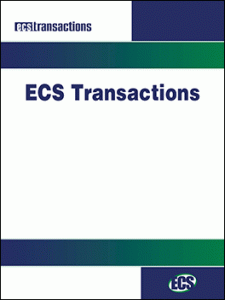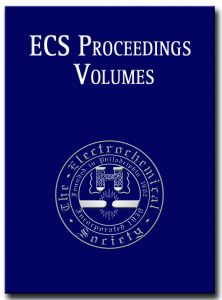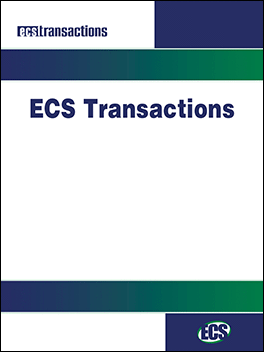 Sixteen* new issues of ECS Transactions have just been added to the ECS Online Store for pre-order.
Sixteen* new issues of ECS Transactions have just been added to the ECS Online Store for pre-order.
The following issues of ECST will be published from symposia held during AiMES 2018, the ECS and SMEQ joint international meeting, in Cancun, Mexico, September 30 – October 4, 2018, and will be available in limited quantities for pick-up at the meeting.
Electronic (PDF) editions will be made available for purchase beginning September 21, 2018. To pre-order a CD or USB edition, please follow the links below:


 ECS is pleased to announce the addition of over 450
ECS is pleased to announce the addition of over 450  Twelve new issues of ECS Transactions have just been added to the ECS Online Store for pre-order.
Twelve new issues of ECS Transactions have just been added to the ECS Online Store for pre-order.
 Two new volumes of ECS Transactions (ECST) have just been published.
Two new volumes of ECS Transactions (ECST) have just been published. Join us as ECS and La Sociedad Mexicana de Electroquímica comes together for the
Join us as ECS and La Sociedad Mexicana de Electroquímica comes together for the